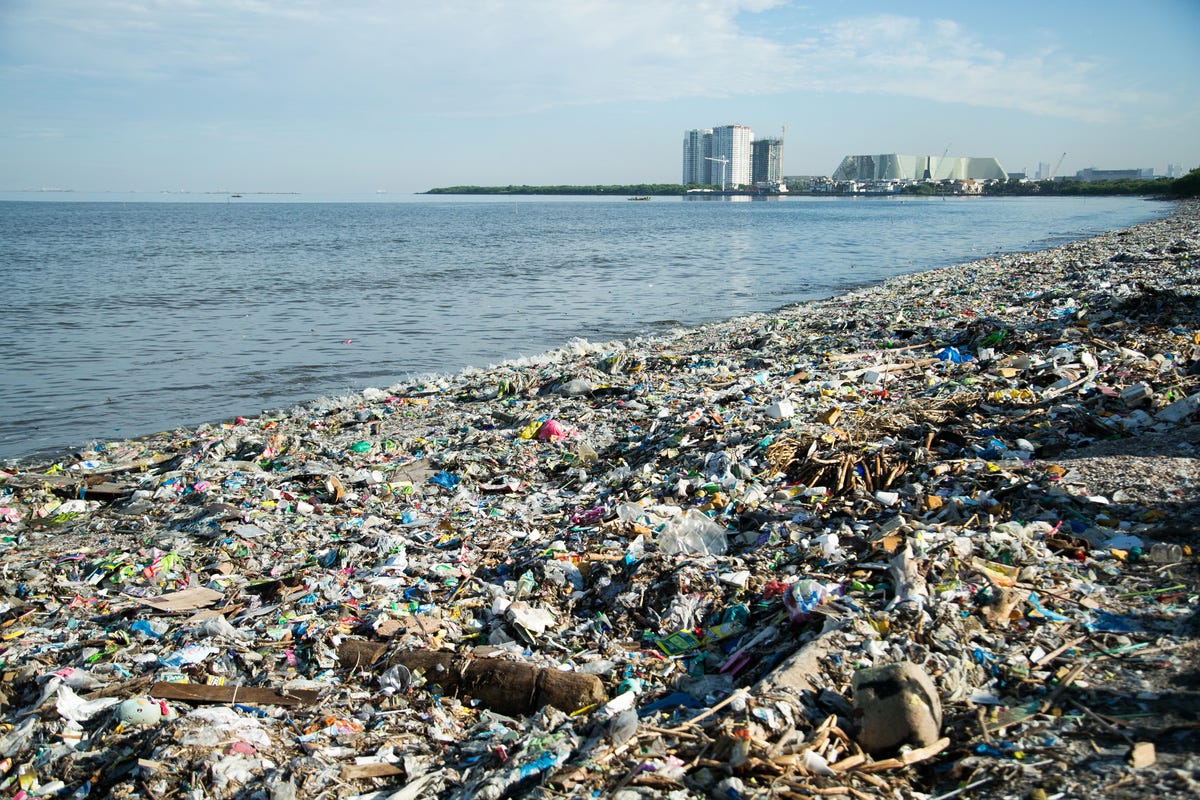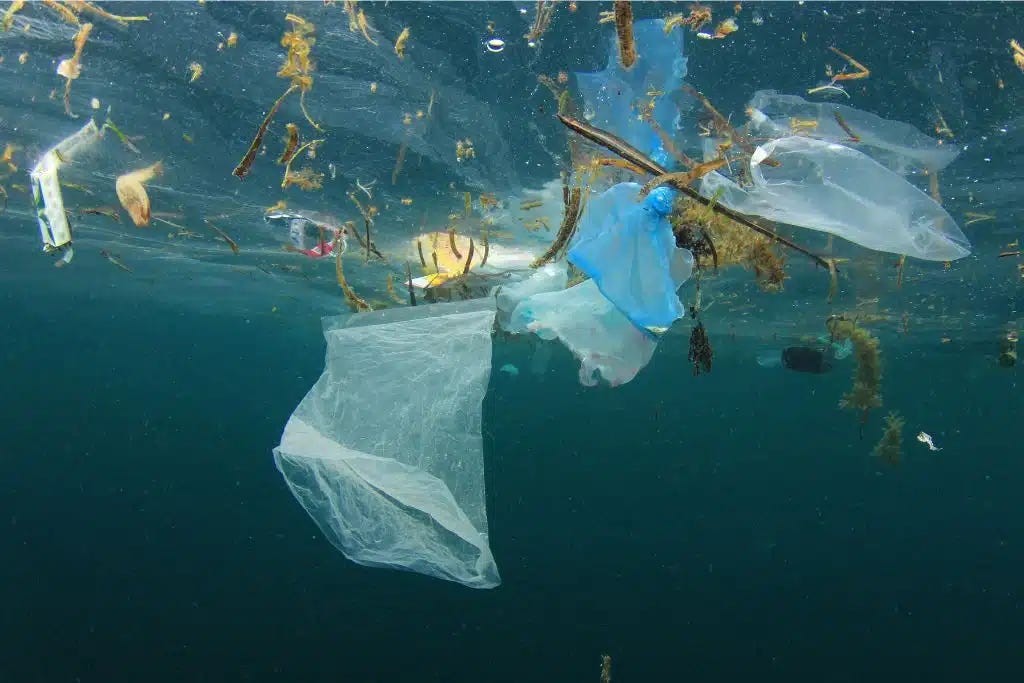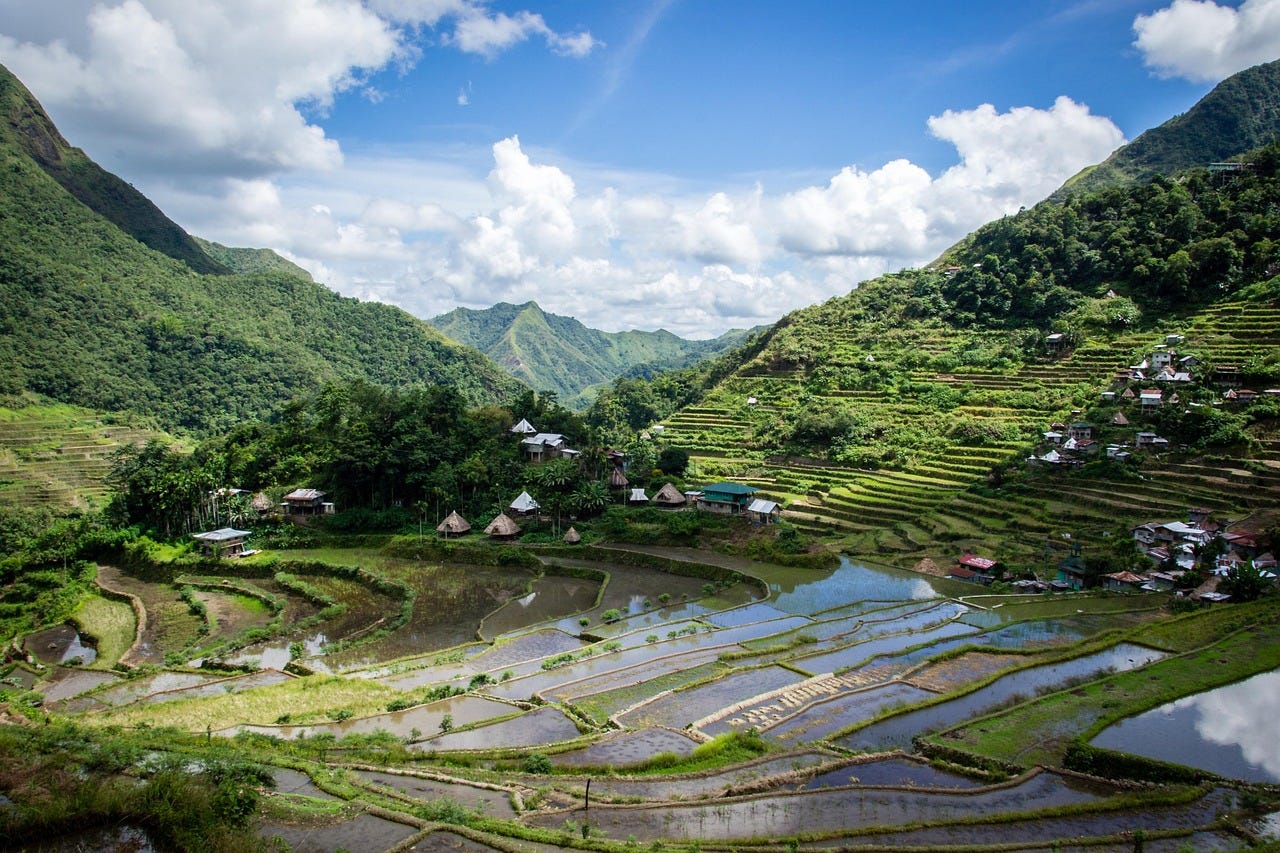Deep dive: The Philippines' circular economy strategy
While home to progressive solid waste management laws, the archipelagic nation with 7,641 islands is burdened with complex circularity challenges

Hello!
Danna here, your resident Manileña, to bring you a deep dive into the circular economy analysis of my motherland: The Philippines, or in Filipino, Pilipinas. 🇵🇭
Over the recent months, we’ve published deep dives on the CE strategies of neighboring Southeast Asian nations like Thailand, Malaysia, Vietnam, and Singapore.
This time, we delve into a country that is home to progressive solid waste management laws — CE has been part of its policy landscape since the Marine Pollution Decree of 1976 (‼️) — and is the first and only country in the world to implement a nationwide incineration ban.
While the country faces daunting waste management challenges, there’s a steady tide of circularity solutions rooted in policies, strategic frameworks, and communities.
The logistical and cultural struggle with waste

Blessed yet burdened by its geography, the Philippines not only faces logistical challenges in waste management but also deals with rapidly increasing consumption and a prevalent sachet economy, which heavily utilizes single-use plastics.
🗑️ Waste generation
The country generates an estimated 61,000 metric tons of solid waste daily, with up to 24% being plastic, composed mostly of consumer goods packaging, cutlery, and shopping bags.
🌊 The influx of marine debris
As one of the top contributors to ocean plastic pollution, it’s estimated that 2.7 million tonnes of plastic waste are generated annually, with 20% leaking into the ocean.
⚠️ Hazardous waste
The country is one of the top e-waste generators in Southeast Asia, with Filipinos generating 3.9 kg of e-waste per capita per year.
🏙️ Urban congestion
Only 245 sanitary landfills serve less than 30% of local government units (LGUs), leading to overcrowded landfills and inadequate waste management.
Circularity in action
To address the increasing burden of waste, the Philippines is taking action toward integrating circular economy principles.
⚖️ Companies mandated to take accountability
The Extended Producer Responsibility (EPR) Act of 2022 mandates that companies take accountability for the lifecycle of their products, especially plastic packaging. By 2030, the goal is to recover 80% of plastic waste generated by businesses.
🔥 Banned incineration
While there are ongoing legislative efforts to repeal its ban, incineration is prohibited in the Philippines under the Clean Air Act (1999) and the Ecological Solid Waste Management Act (2000).
🌾 Upcycling agricultural waste
The International Rice Research Institute’s CE model in the Philippines transforms rice straw into valuable resources like organic fertilizer and bioenergy.
♻️ Businesses taking action
Circular startups have begun tackling waste innovatively, with companies like Plastic Flamingo (Plaf) upcycling plastic waste into construction materials and Green Antz Builders transforming sachets into eco-bricks.
🤝 Community-driven initiatives
Local governments and grassroots organizations are setting up eco-brick projects, zero-waste stores, and composting hubs to tackle waste at the community and individual levels. Examples include the Mother Earth Foundation, EcoWaste Coalition, and War on Waste, which are organizations that work with communities to implement a zero-waste approach.
The future is circular: national plans and frameworks

1. National Plan of Action for Marine Litter (NPAML)
The government launched the National Plan of Action for Marine Litter (NPAML) in 2021, which aligns with broader climate goals to promote circularity.
Targets by 2040
Achieve 100% diversion of waste from landfills
Reduce marine debris by 50%
Transition to 50% renewable energy across industries
Key actions
Expanding materials recovery facilities (MRFs) in rural and urban areas
Fostering public-private partnerships to scale up recycling infrastructure
Introducing economic incentives like green bonds to fund circular ventures
2. Science, Technology, and Innovation for Circular Economy (STI4CE)
Launched in 2024 with a 1.3 billion peso investment, the STI4CE is a strategic framework led by the Department of Science and Technology (DOST) and utilizes science and technology to drive innovation and sustainability in the circular economy.
“By 2028, we envision DOST as a leader in providing innovative S&T solutions and fostering opportunities for a circular, green, smart, and sustainable future. It includes establishing STI4CE centers and innovation hubs to strengthen the country’s recycling infrastructure and waste management facilities,” DOST Secretary Renato Solidum, Jr., said.
3. National Plastic Action Partnership (NPAP)
Launched in 2025, the NPAP is a multi-stakeholder platform initiated by the Department of Environment and Natural Resources (DENR) to tackle plastic waste and promote circular economy practices.
NPAP Philippines is part of the Global Plastic Action Partnership (GPAP), an initiative of the World Economic Forum (WEF) and supported by the Governments of the United Kingdom and Canada and the Coca-Cola Foundation.
The platform aligns its efforts with key national policies, including the Philippine Development Plan, the Extended Producer Responsibility (EPR) Act, and the Philippine Action Plan for Sustainable Consumption and Production, as well as the country’s Nationally Determined Contributions (NDCs) to climate action. (UNDP)
4. Green Economy Programme in the Philippines (GEPP)

Launched in 2024 and funded by a €60 million (P3.67 billion) grant from the European Union in the Philippines, the GEPP will run from 2023-2028 in collaboration with the national government, local government units (LGUs), and the private sector.
Supporting the Philippines’ transition to a green and circular economy, it focuses on waste management, renewable energy, and sustainable practices.
Another CE-adjacent initiative: While the initiatives above are more focused on CE, which is centered on technology and business solutions to decrease waste and achieve materials’ circularity, the country also has a Philippine Action Plan for Sustainable Consumption and Production (2023), which is “the government’s commitment to driving behavioral change among Filipinos, starting with government agencies, to promote sustainable consumption and production".
If political figures and stakeholders do not fail to implement the initiatives above and advance circularity even further with more initiatives, it’s auspicious that the Philippines could shape a future where its heritage, natural abundance, and society flourishes altogether.
Only time will tell.
For the meantime, let’s continue to hold our leaders accountable and pushing the needle in whatever way we can. 🌱
If you found this deep dive helpful, let us know in the comments below!
Circle back to you next time!
—SEArcularity






It's cool to know about my country's incineration ban! There were talks of reviving that activity at an industrial, govt-regulated scale in the early-2010s but nothing was materialized. It's community action first before technology. Because who else are creative enough to move/transform toxic plastics but humans!